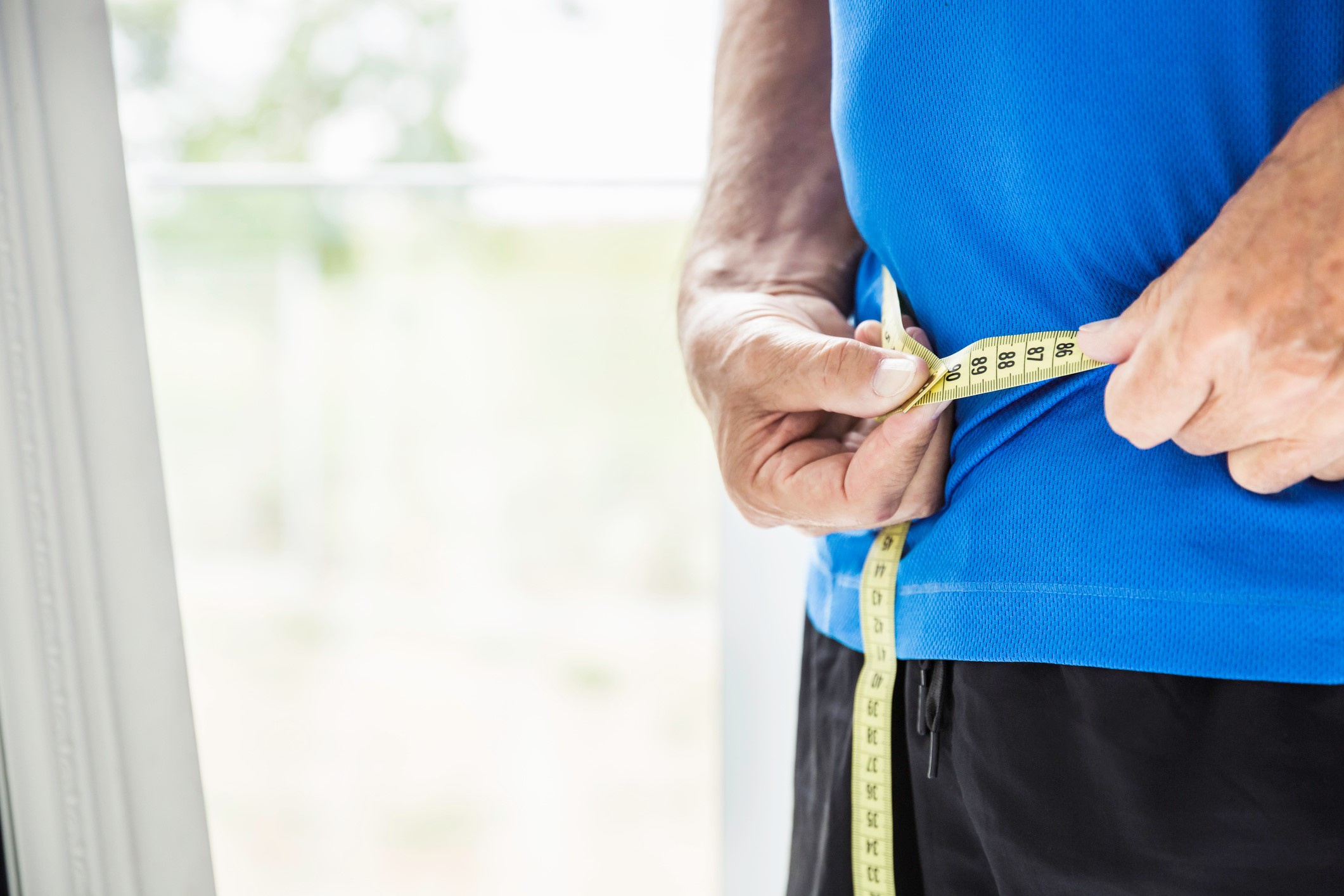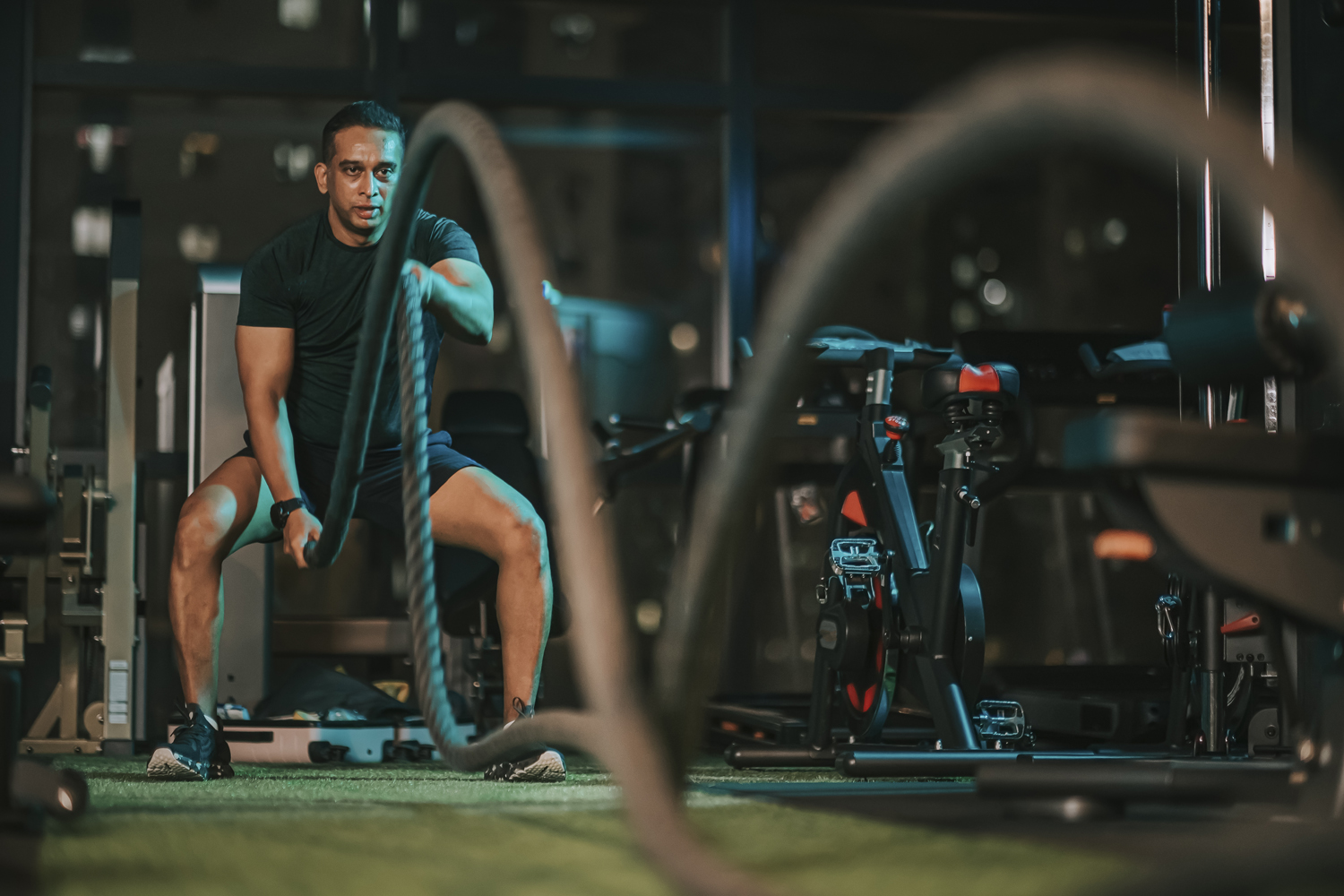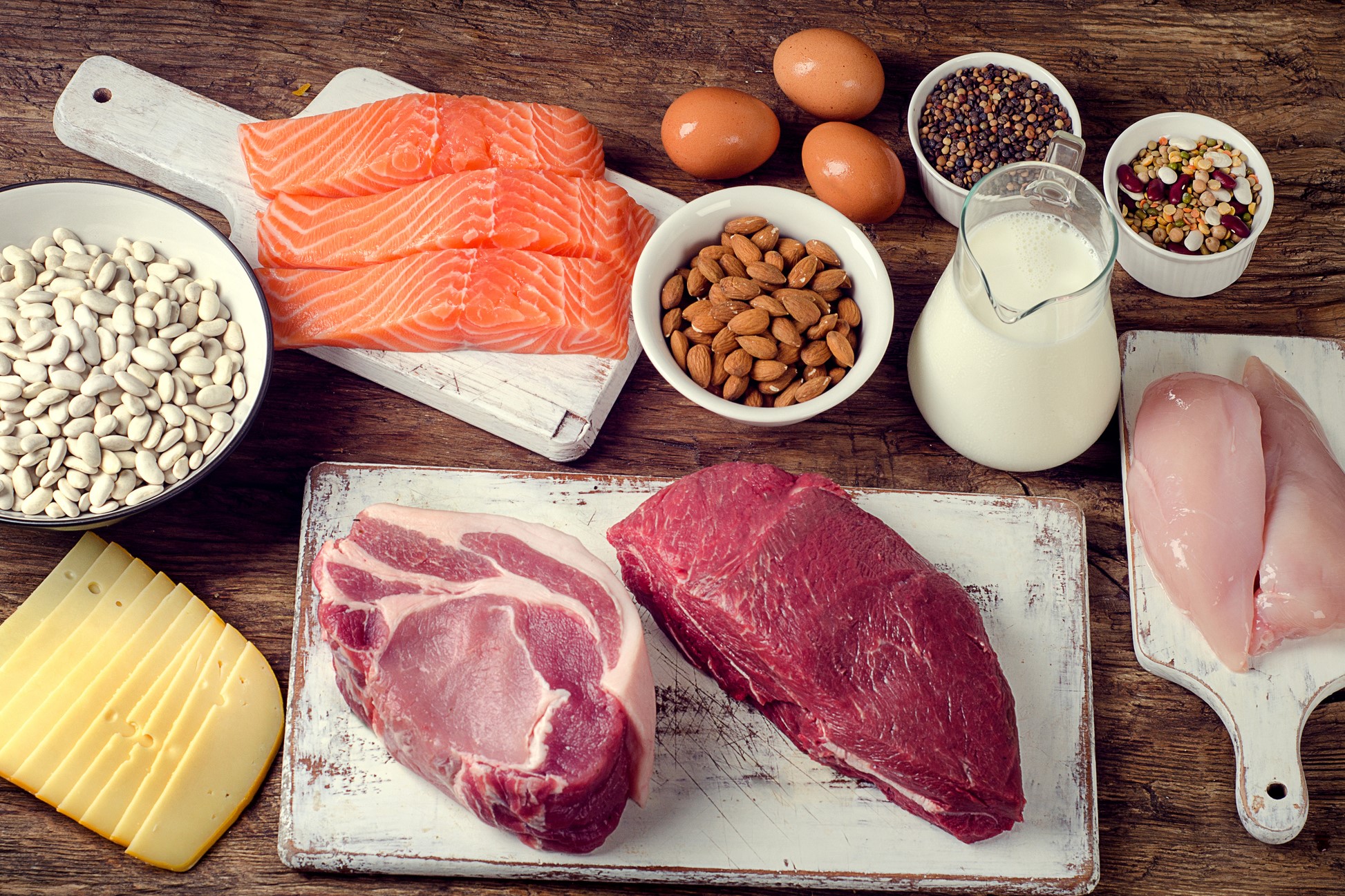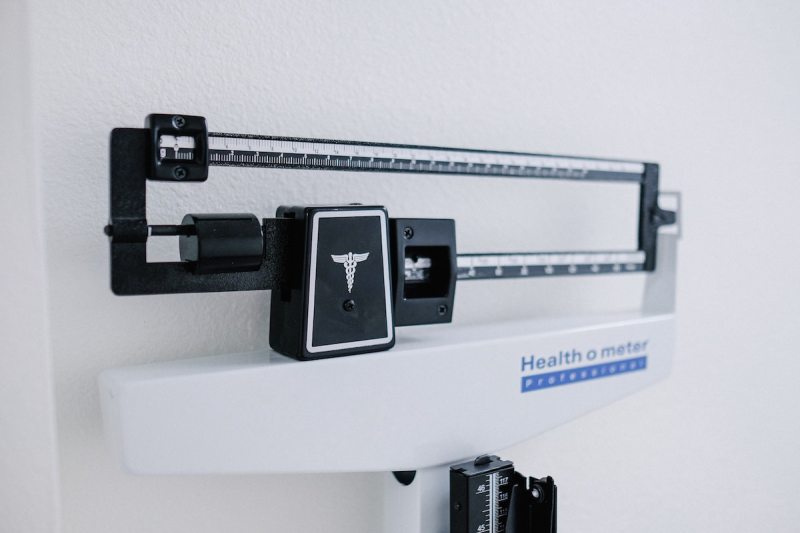Many people seek out how to get in shape in as short of a time period as possible. The reality is that, yes, you can see changes after only 30 days. However, it requires a lot of discipline and an honest assessment of where you currently are at. Those who are new to fitness may need to take a different route than those who are experienced with exercise and tracking their food intake. Either way, be prepared to make some changes to your current lifestyle.
Don’t think of the next month as a deadline. Instead, consider this 30-day fitness challenge the first month of the rest of your life — a month full of changing bad habits, finding healthier alternatives, and getting in shape for good.
Here are some safe, sustainable ways to lose weight and stay fit.

How much weight can I lose in 30 days?
According to scientists and doctors at the CDC, you can effectively and safely lose between one and two pounds per week. Using those numbers, you can expect to shed four to eight pounds during your new 30-day workout challenge. Of course, everyone is different, so just use these numbers as a guideline.
Most dieticians and personal trainers will tell you to adopt a measured approach when planning to lose weight. This includes the following:
- Taking into account your overall fitness level
- Understanding any underlying health conditions, including current or prior injuries
- Determining how you’d like to stay active
- Setting realistic goals you can measure
Do not compare yourself with others. This is about you and how you can work toward a healthier lifestyle. Focusing on yourself and these goals will provide motivation and encouragement as you begin to see results.

How to create a 30-day workout plan to get in shape fast
If you’ve never exercised regularly or are resuming after a long absence, it’s best to start a 30-day workout regimen with regular aerobic activity. Talk to fitness trainers or research some fun cardiovascular programs.
Consider the following schedule:
Monday: Upper-body strength training
Tuesday: 30 minutes running, walking, or biking
Wednesday: Yoga or Pilates session
Thursday: Rest day
Friday: Lower-body strength training
Saturday: Full-body bodyweight workout
Sunday: Rest day
If you don’t want to run, try other aerobic activities like walking, swimming, or cycling to burn fat. If you enjoy bodyweight exercises, these could include squats, lunges, planks, or pushups.
Yoga and similar practices reduce stress, increase flexibility, and improve blood flow. They will also help increase your endurance, so you better enjoy workout days. When you add strength training to your routine, you will see a boost in metabolism that promotes you burning calories more efficiently.
Rest days are vital to the process. They allow your muscles to replenish lost glycogen, which reduces muscle fatigue. Overdoing it without proper rest leads to muscle stress and strain, increasing your risk of injury.

What diet changes do I need to make?
When looking to maintain an appropriate weight, part of that includes eating a balanced diet. The CDC recommends that most of us do the following:
- Reduce consumption of foods filled with salt, sugar, and trans fats
- Eat lean proteins such as fish, poultry, ground turkey, Greek yogurt, beans, and eggs
- Consume copious amounts of vegetables, fruits, whole grains, and low-fat dairy
- Avoid cholesterol and saturated fats
Determine your daily caloric needs after consulting with your physician or nutritionist. Then consider meal planning and meal prepping each week to stay at that nutritional level. Consider using smaller plates. All of this helps you better control portions and avoid overeating, especially at the beginning of your fitness journey.

7 easy tips for getting in shape quickly
1. Talk to your doctor
Talking to your healthcare provider should be number one on your list of things to do whenever you want to make a lifestyle change. The doc can look at your medical history, current condition, and many other factors before advising you on the best way to make healthy changes. Ask about diets, eating plans, exercises, and any other questions before getting started.
2. Drink plenty of water
Make sure you stay hydrated throughout the day, especially when you’re exercising. Water is preferable to other liquids because it contains no calories, aids digestion, and increases metabolism.
Drinking water before and during a meal also helps to reduce the amount of food you need. Water will make you feel fuller quicker, thereby reducing the risk of overeating.
Not all beverages are created equal. If you totally eliminate sugary drinks, you will reduce the number of calories you consume each day. This includes soda, alcohol, juice, specialty coffee, and sports and energy drinks.
If you find it hard to eliminate all of these beverages, try replacing just one each day with water. You can even try sparkling water with a lime or lemon wedge. If you really can’t make it through the morning without some caffeine, black coffee (with no cream, sugar, or flavor syrups) is usually fine.
3. Set realistic goals
To get solid results in 30 days, you must be realistic about what you can accomplish.
Too many people begin this journey focused on weight rather than fitness. This can lead to frustration.
When you start a 30-day workout challenge, you may find yourself building muscles and losing fat. This is often what happens in the beginning. You might feel and look better, but you weigh yourself and think it’s not working because you haven’t lost the number of pounds you had hoped to lose.
Don’t get discouraged, and stop exercising. Focus less on the number you see on the scale and more on how you feel. Do your clothes fit better? Are you noticing any physical improvements? Taking photos can also be very helpful for keeping track of progress.
Rather than setting a goal like, “I will lose eight pounds this month,” say, “I will work out five days each week for the next month.” Such goals are not only more achievable, but you’ll build good habits. That’s how you get the long-term results you’re looking for.
4. Be consistent
When you begin or restart a 30-day fitness challenge, do certain things to hold yourself accountable. This could be joining a running group or signing up for classes at a local gym. Making friends who have the same healthy interests makes it easier to keep going, even on those days when you don’t feel like it.
Some people hire a coach or trainer because they don’t miss as many workouts when they have a professional holding them accountable.
You know yourself better than anyone. What will help you stick with this new routine? Implement whatever you need to show up for workouts or exercise consistently.
5. Clean out your pantry and fridge
You’ll be less likely to make unhealthy choices if you only stock your refrigerator and pantry with good food. Go through your house and get rid of the following:
- Foods with excess sugar or other sweeteners
- Junk food
- Soda
- Juices
- Coffee creamers
- Processed food
- Anything high in salt content
- Prepackaged snacks
Instead, keep healthy snacks on hand at both home and work. This includes the following:
- Nuts
- Whole fruits
- Chopped vegetables
- Hummus
- Low-salt, whole-grain crackers
- Yogurt
- Seeds
6. Slow down while eating
When you eat meals slowly, you usually reduce the total number of calories you consume. This is because it takes the brain about 20 minutes to realize that your stomach is full. Therefore, be mindful when you consume food. Taste it thoroughly by chewing slowly and drinking water between bites.
7. Sleep well
Getting a good night’s sleep helps you feel rested, and then you’re more likely to exercise. You’ll also be more likely to eat healthier foods. If you find it difficult to sleep, try turning off your phone an hour before bedtime. Drinking warm tea, lowering light levels, and reading a book might also help you prepare for a restful sleep.

Can I lose 20 pounds in 30 days?
You may have seen it advertised in magazines or alongside certain fat-burning pounds that you can lose 20, 30, or even 40 pounds in just one month. The honest truth is that that’s not realistic. Even if you did lose 20 pounds in 30 days, it is unlikely that you would be able to keep it off long-term.
Instead of rushing to accomplish a big goal just to get it over with, try enjoying the process, making little changes, and taking it one day at a time. You will have to keep up these healthy habits to live an energetic and fulfilling life anyways, so there is no rush with how fast you get the pounds off.
Editors' Recommendations
- Gym etiquette: The unwritten rules everyone should follow
- These beach body workout tips from a pro will help you get in shirtless shape fast
- Your sedentary lifestyle is doing so much damage — here’s what to know and how to get moving
- Is running bad for your knees? Here’s what science says
- Aum Gandhi reveals the secret health benefits of trail running




